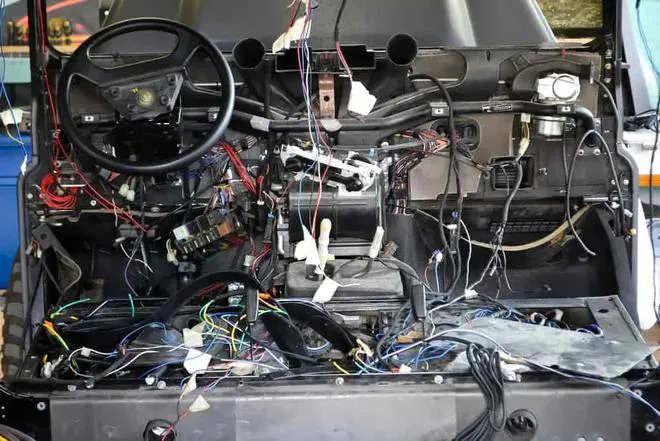The electrical system that marked the first instance of large-scale production in human history is epitomized by the Ford Model T. Initially, it featured a simplified configuration equipped with a starter motor. In its early days, the electrical system gradually integrated components characteristic of modern vehicles.
In the Ford Model T, wires insulated with fabric were employed, which had been treated with rubber to enhance their corrosion resistance and durability. Although solid copper wires were commonly used in most applications at the time, the automotive circuits utilized stranded wires, composed of multiple strands of wire. This design was intended to overcome the limitations of solid wires in terms of flexibility and durability.

Notably, the rubber-impregnated fabric-covered wires exhibited exceptional flexibility, making them ideal for installation in narrow and complex spaces within automobiles. These wire components were typically connected to corresponding parts using welded ring terminals, secured with screws. For longer wire segments, metal clamps or staples were used for fixation.
Advancements also led to the development of fully rubber-coated wires, surpassing the capabilities of fabric-based wires. These new wires offered superior durability, flexibility, and insulation properties. It is important to note that rubber insulation materials can become brittle and crack due to aging over time.

